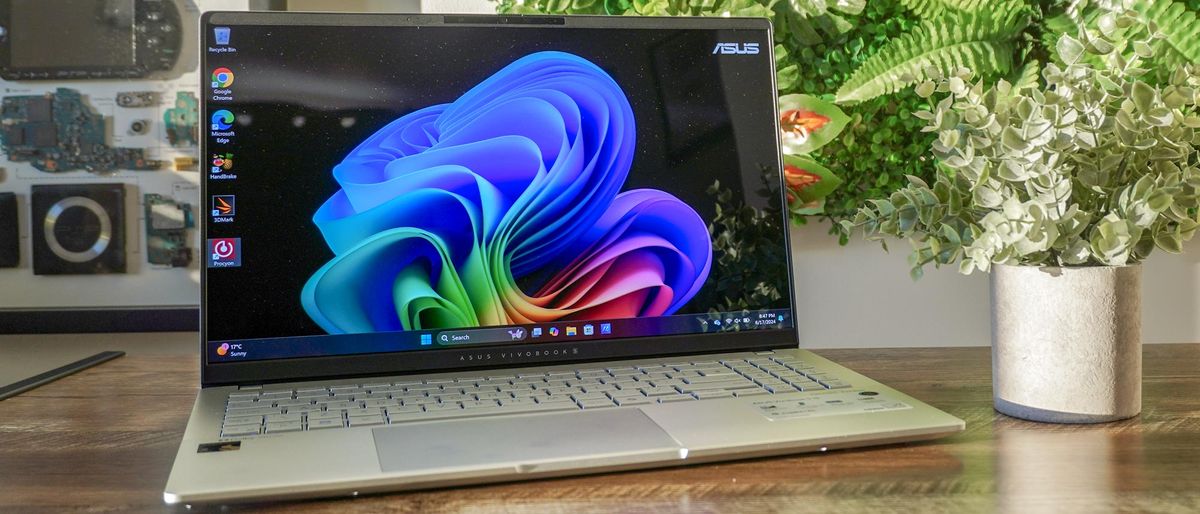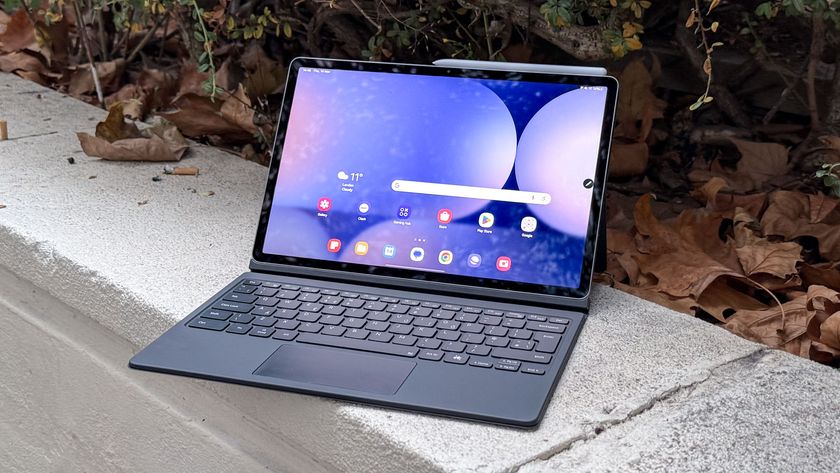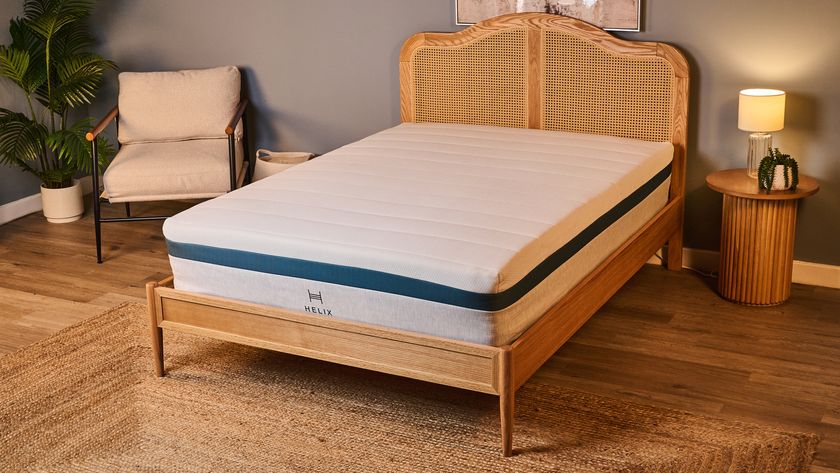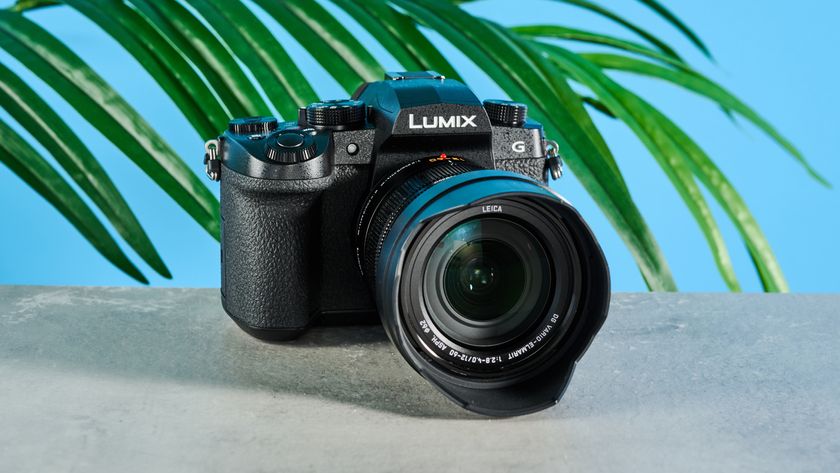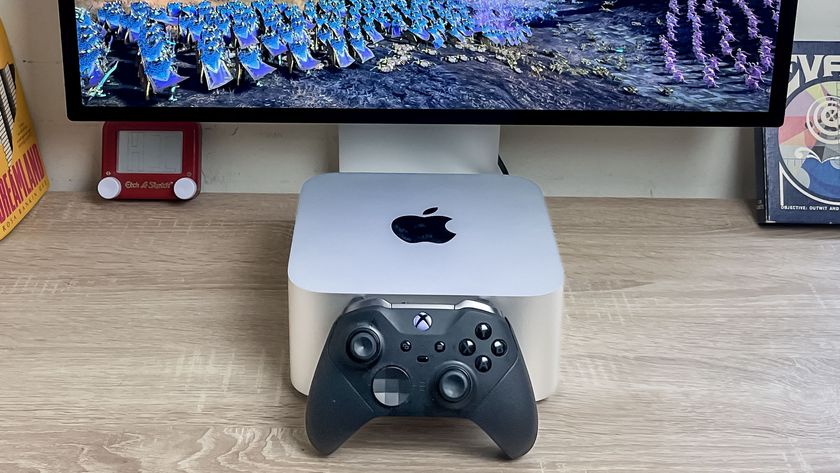Tom's Guide Verdict
The Asus Vivobook S 15 may look like your average laptop, but under the hood, there’s a Snapdragon X Elite superpower that makes this more powerful than the M3 MacBook Air, and almost as efficient too. Apple Silicon has finally met its match, and Microsoft is finally doing Windows on arm right.
Pros
- +
Solid laptop ergonomics
- +
Impressive battery life for a Windows laptop
- +
M3 MacBook Air-beating general performance
- +
Vivid OLED display...
Cons
- -
...but it's a bit dim
- -
Copilot+ PC features aren't ready (for the moment)
- -
Arm support across all apps might take even longer
- -
Rather dull design
Why you can trust Tom's Guide
Snapdragon X Elite has been getting me nervously excited over the past couple of months. The promises were lofty and the benchmarks from Qualcomm’s own reference laptops were encouraging.
But these results were cherry-picked to put the company’s chip in its best light (this is marketing after all) and we knew nothing about the battery life except for some big numbers being thrown around Microsoft Build and Computex 2024.
And now that I’ve been using the Asus Vivobook S 15 with the new arm-based silicon for a while now, I can safely say one thing: Qualcomm wasn’t kidding. Microsoft’s been looking for its big moment to take on the might of the M3 MacBook Air and all of Apple Silicon. Snapdragon X Elite laptops are ready to do just that.
From the impressively zippy performance through my day-to-day (including some prosumer tasks too) to the sheer longevity of the 70Wh battery, Arm is a complete U-turn from the x86 story we always see in the best Windows laptops of semi-decent performance and bad battery life.
There are a few reasons to hesitate a little. The design is very ordinary, Copilot+ PC features are taking a while to launch because of security risks, and the wait time for native Arm versions of all your favorite apps could also be long.
But similar frustrations didn’t stop me from loving my M1 MacBook Air back in 2020. And thanks to that shocking stamina paired with very competitive speeds, it hasn't stopped me from heralding the revolution Windows has been craving for so long.
Asus Vivobook S 15: Cheat Sheet
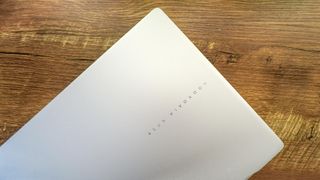
- What is it? A super premium laptop — one of the first to pack the brand new Qualcomm Snapdragon X Elite chip!
- Who is it for? For people looking for a big-screen laptop that perfectly balances great performance with stellar battery life.
- How much does it cost? You can pick one up for $1,299 / £1,299.
- What do we like? The OLED screen is mouthwatering (of course), and Snapdragon X Elite is a tectonic shift in the kind of stamina and speed you expect from a Windows laptop.
- What don’t we like? The much-hyped Copilot+ PC features have been delayed, Arm versions of apps will also take a while (meaning you have to rely on a mostly consistent translation layer). And while it’s certainly premium in feel, this laptop looks a little dull.
Asus Vivobook S 15: Specs
| Header Cell - Column 0 | Asus Vivobook S 15 |
|---|---|
| Price | $1,299 (starting) |
| Display | 15.6-inch 3K OLED with 120Hz refresh rate |
| CPU | Qualcomm Snapdragon X Elite X1E 78 100 (up to 3.4 GHz, 12 cores) |
| GPU | Qualcomm Adreno GPU |
| RAM | 16GB LPDDR5X (up to 32GB) |
| Storage | 1TB PCIe Gen 4 SSD |
| Ports | 2x USB-4, 2x USB 3.2 Gen 1 Type-A, MicroSD card reader, HDMI 2.1, 3.5mm audio jack |
| Connectivity | Wi-Fi 7, Bluetooth 5.4 |
| Dimensions | 13.9 x 8.9 x 0.6 inches |
| Weight | 3.1 pounds |
Asus Vivobook S 15: What I liked
This is our first foray into the world of Snapdragon X Elite — and the love affair with Qualcomm has already started. But first, just a quick heads-up that these test results are my own and not numbers pulled from our testing lab. Rest assured, you’ll see our official numbers real soon!
It’s (mostly) faster than an M3 MacBook Air

Snapdragon X Elite has the MacBook Air M3 in its sights — something Qualcomm’s made no bones about admitting. Because of that, it should come as no surprise that the Vivobook S 15 absolutely holds up performance-wise.
| Header Cell - Column 0 | Asus Vivobook S 15 (Snapdragon X Elite) | MacBook Air (M3) |
|---|---|---|
| Geekbench 6 single-core | 2411 | 3082 |
| Geekbench 6 multi-core | 14438 | 12087 |
| Handbrake (time to transcode a 4K movie to 1080p) | 4:28 | 7:19 |
It’s not the 28% performance increase the company touted, which may come down to the TDP (the total wattage powering the chip) of retail laptops being lower to strike a better balance between performance and battery life, but multicore tasks and rendering processes zip along at a faster pace than you see on the MacBook Air M3.
What does that mean? Photoshop edits are quicker, video transcoding and exports are faster, and multitasking is much better handled than you’ll see elsewhere in the laptop space. All of this happens with your fans barely kicking up a storm too. Thermal management is certainly a lot better here, with temperatures barely hitting what I felt on other Intel or AMD laptops.
Interestingly, some 3D Mark tests rely on x86 architecture, meaning the benchmark has to go through Prism translation. In general use of apps not built for arm, this emulator works just fine, but in the numbers reflected, you’ll notice that the emulation adds another workload on top of X Elite.
| Header Cell - Column 0 | Asus Vivobook S 15 (Snapdragon X Elite) | Huawei MateBook X Pro (Intel Core Ultra 9) |
|---|---|---|
| 3DMark Time Spy | 1907 | 4048 |
| 3DMark Fire Strike | 6172 | 8708 |
| 3DMark Night Raid | 26046 | 29550 |
For games that work on Windows on Arm, you’re getting a surprisingly good experience on those Adreno-integrated graphics. Baldur’s Gate 3 looks good and runs locked at a respectable 30 FPS, while Devil May Cry 5 (provided you turn down some of the effects and texture details to a mix of Medium/Low) is capable of chugging along at a full 60 FPS. You can also see how it fares against the likes of Cyberpunk 2077 in my Snapdragon X Elite gaming test.
When it comes to integrated graphics, Qualcomm stands head and shoulders above for a quick gaming foray without the horsepower of a discrete GPU. Intel Lunar Lake and AMD Ryzen AI 300 chipsets have a mountain to climb to come close to the power efficiency here.
Impressive battery life

With nearly 13 hours of longevity in our intense battery life lab testing, this has some impressive stamina — not enough to go up against the 15 hours of the larger 15-inch M3 MacBook Air, but enough for me to consider it "worry-free battery life."
| Laptop | Battery life test results (hh:mm) |
|---|---|
| Asus Vivobook S 15 | 12:52 |
| M3 MacBook Air (15-inch) | 15:03 |
In my own use, a full day of work involving plenty of Photoshop usage, 20+ Chrome tabs, music playing in the background, and following up with an evening of binge-watching Bridgerton with the Mrs on Netflix while sneakily watching the Euros in the background (don’t tell her I do this) saw the battery percentage go down from 100 to 47 over a 12-hour time span.
Something like this is a rare feat that only Apple laptops have enjoyed. But now, Asus is joining the party too.
Let’s not forget everything else
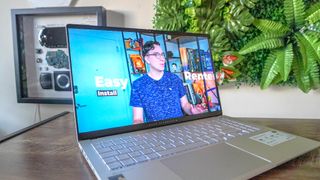
Of course, there’s a whole laptop here too, and the rest of the package is pretty tasty too. That 16:9 OLED panel is super vivid with a nice 3K crispiness and a smooth framerate, though its worth noting that brightness is going to limit outdoor usage.
| Laptop | DCI-P3 color gamut (%) | HDR brightness (nits) | SDR brightness (nits) |
|---|---|---|---|
| Asus Vivobook S 15 | 82.8% | 386 nits | 369.6 nits |
| M3 MacBook Air (15-inch) | 77.5% | 503 nits | 476 nits |
Pair that with the four-speaker harman/kardon array with Dolby Atmos — packing a nice detailed soundstage that has a sneaky slither of bassy warmth — and you’ve got a lovely notebook to work on by day and binge watch by night.
The keyboard has a nice tactile feel that means you can type away to your heart's content without any discomfort you’d expect from low profile laptop keyboards, and the touchpad is massive, responsive and snappy on the clicks.
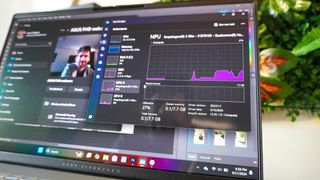
And some of the additional AI-driven features on hand here make for some really nice user-friendliness. Presence monitoring goes beyond just going to sleep when you walk away, as it can even dim the display to preserve battery life based on you making eye contact with it.
Windows studio effects feel far more accurate to use and start up a whole lot faster, and that NPU is being used in more places across third party apps than you may think — offloading intensive processes and easing that CPU load to keep up that longevity.
It’s not just a new chip for the sake of a new chip. Microsoft’s really thought about where it applies.
Asus Vivobook S 15: What I didn’t like
There are a couple of frustrations with the S 15 specifically, along with one bugbear that will fade into the background in your time using it.
It’s a bit pedestrian, isn’t it?

Let me be clear. This is not about the build quality. This aluminum construction feels nice and premium while keeping things lightweight and thin. But this is almost aesthetically utilitarian to a fault. What I mean by that is there aren't any unique qualities to its frame or design details to match the Snapdragon X Elite occasion here.
I’m not looking for any over-the-top RGB flashiness or daring stylings that may ultimately make you feel embarrassed to show this notebook in public. But gazing your eyes upon this machine gives you more “family laptop” vibes over something you can really get stuff done on. Some people will find this understated design cool, but I wanted something a bit more individual for this first foray into Arm.
Also, can we please stop using MicroSD? This is a *checks notes* 15-inch laptop — you have space for a full-size SD card reader!
You’ll be waiting a while to get everything
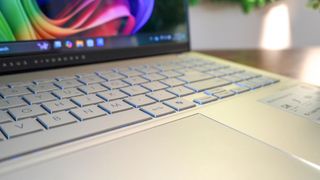
This is in reference to two different areas. First, as you may have probably read, Recall — the headline Copilot+ PC feature — is being delayed because of its big security concerns. This means a more gradual rollout of things that will really take this category of laptop into its own space.
And secondly, while the Prism emulation layer is mostly reliable, there's some hokeyness with certain apps built for Intel or AMD chips. Given the huge and varied ecosystem, this transition period will probably take longer than it did during Cupertino’s shift from Intel to Apple Silicon. But fortunately, the most-used apps are already Arm-enabled.
There will just be some moments of frustration during this teething period.
Asus Vivobook S 15: Verdict

And that’s the story of the Asus Vivobook S 15 — a low key great laptop that puts Microsoft on a new path to truly take on the mighty MacBook lineage.
Even without every feature promised for these Windows 11 machines touting a big enough NPU, you can feel a marked difference in its performance and longevity. So much so that you’ll feel that battery life anxiety fade away.
Alongside the HP Omnibook X, Surface Pro 11 and many more, this is a new milestone for Microsoft. The laptop wars are well and truly back on.

Jason brings a decade of tech and gaming journalism experience to his role as a Managing Editor of Computing at Tom's Guide. He has previously written for Laptop Mag, Tom's Hardware, Kotaku, Stuff and BBC Science Focus. In his spare time, you'll find Jason looking for good dogs to pet or thinking about eating pizza if he isn't already.
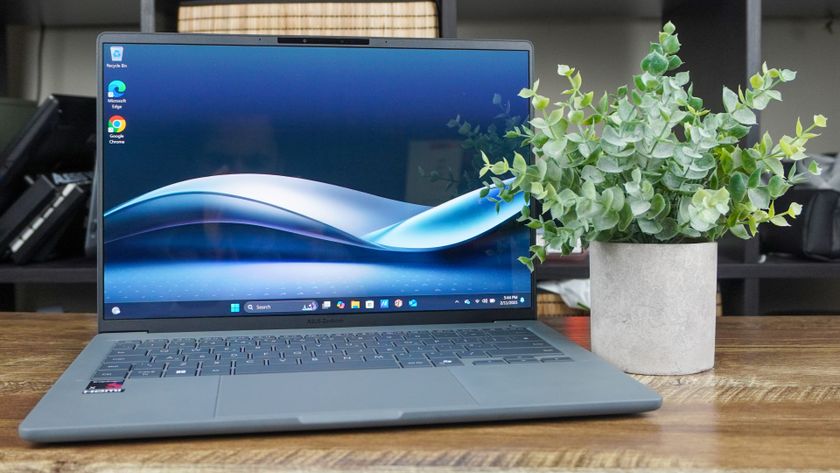
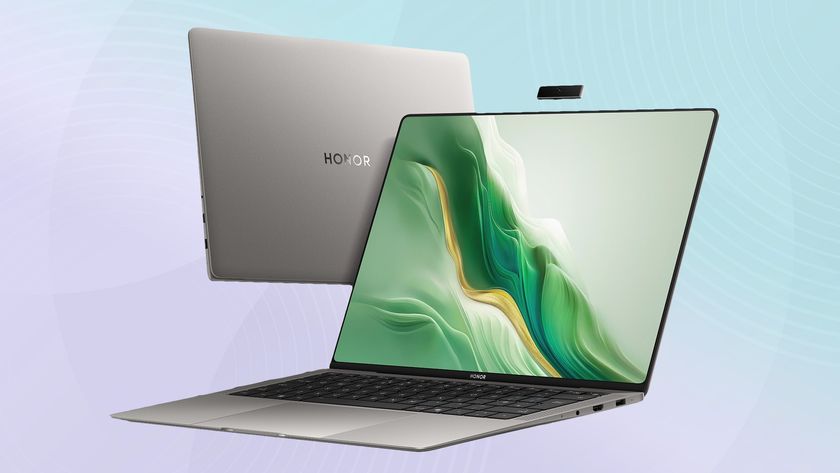
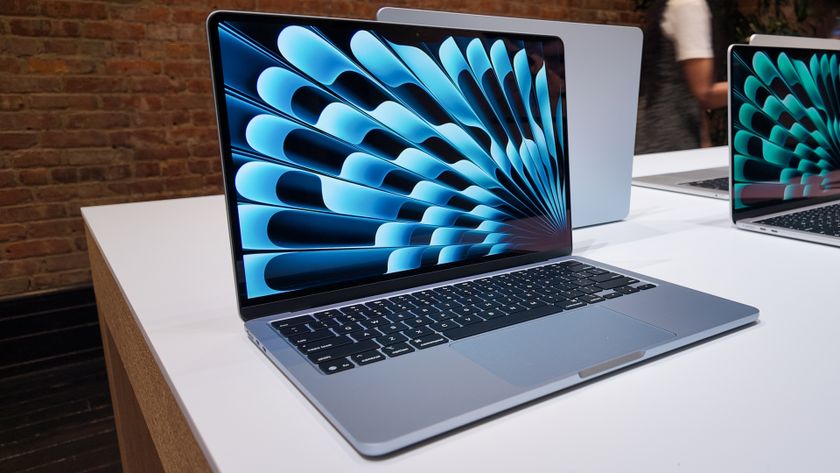
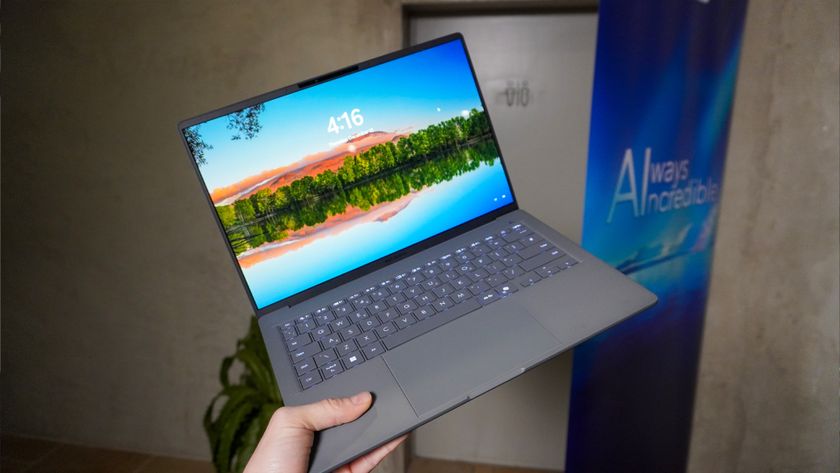
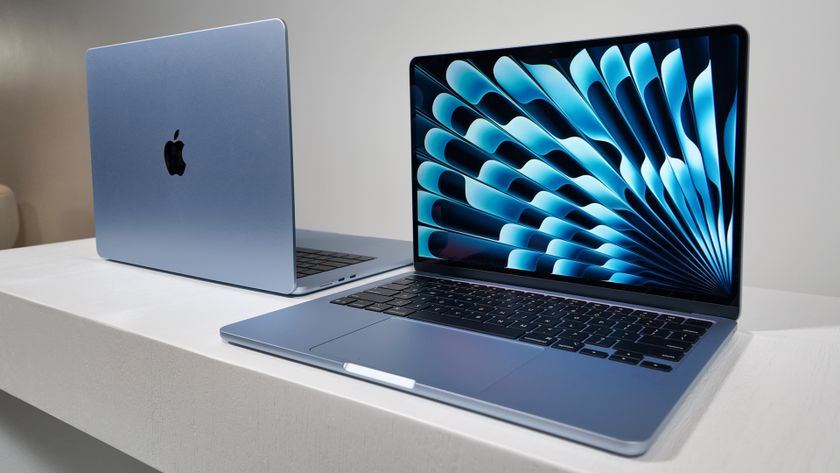
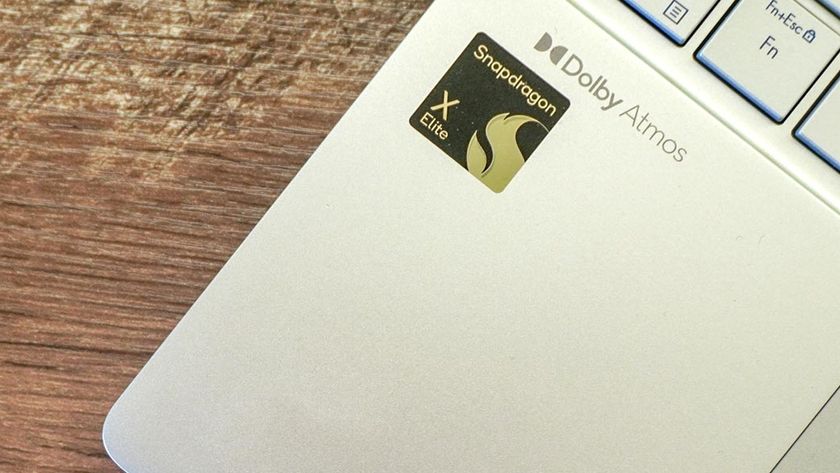
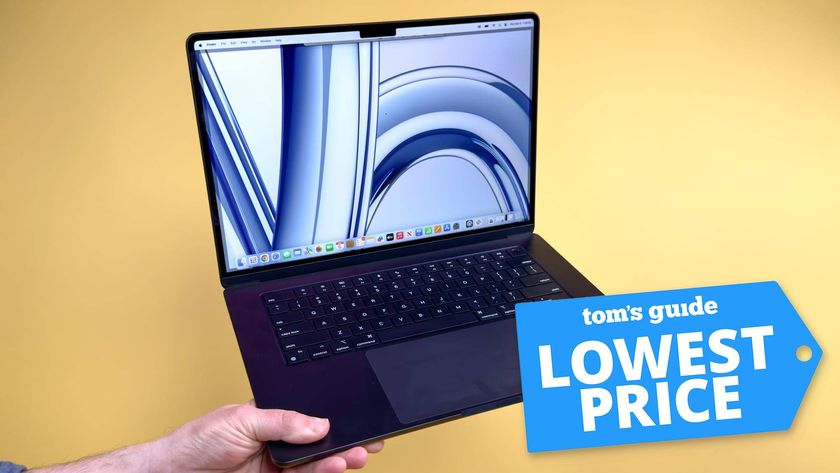
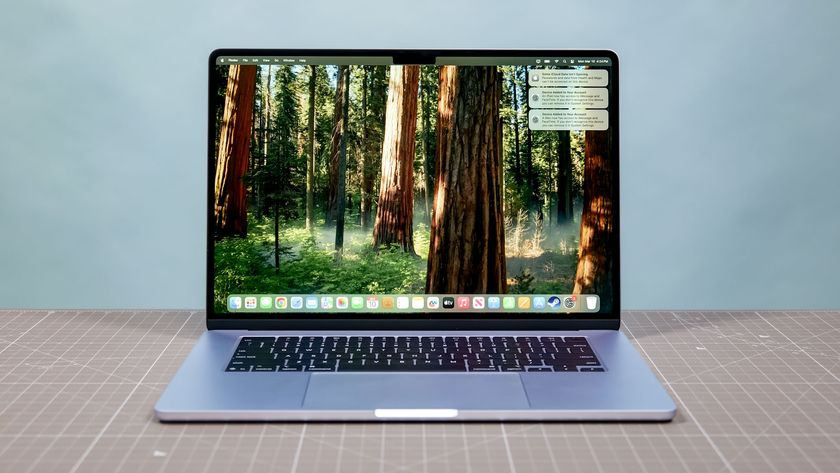
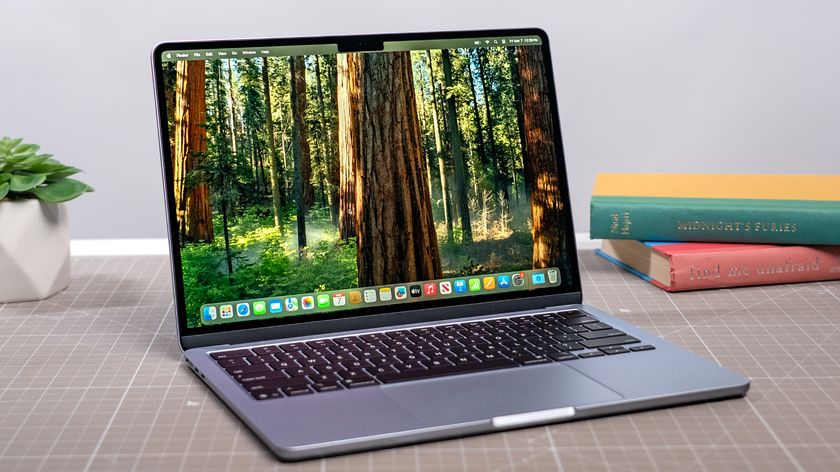


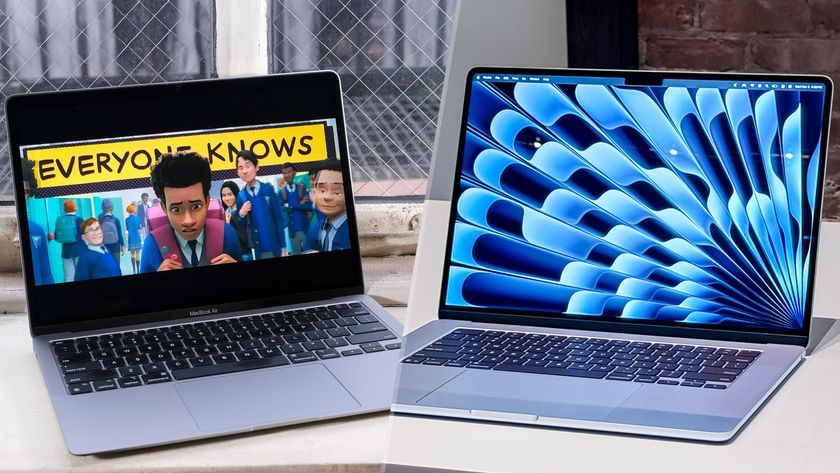
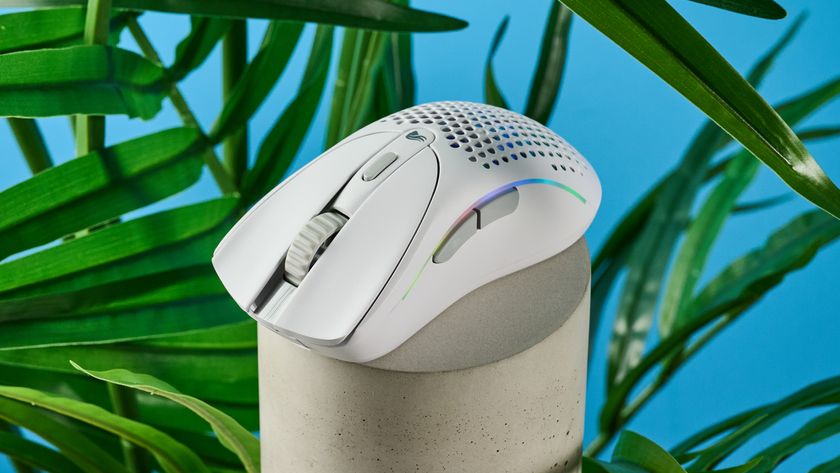
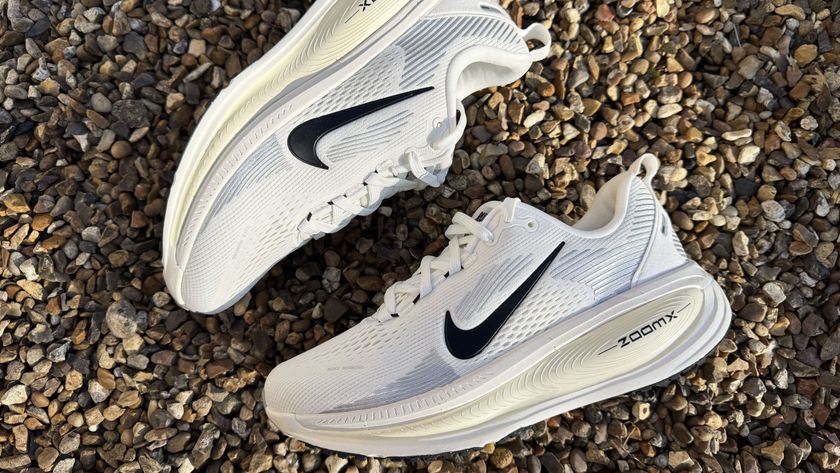

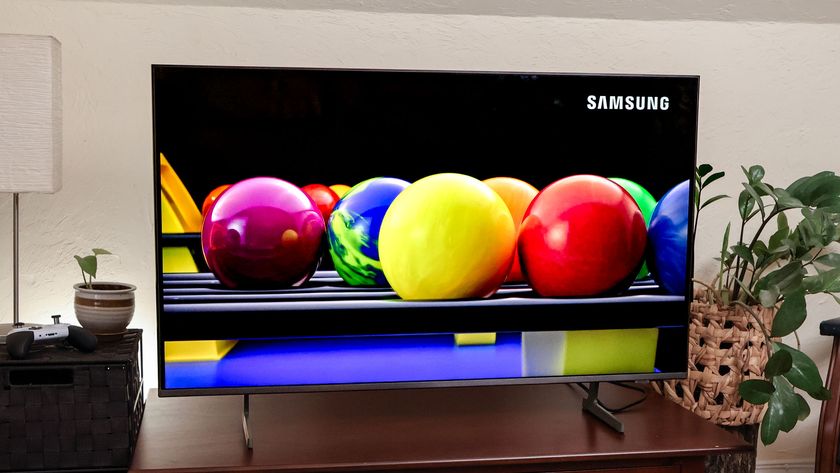

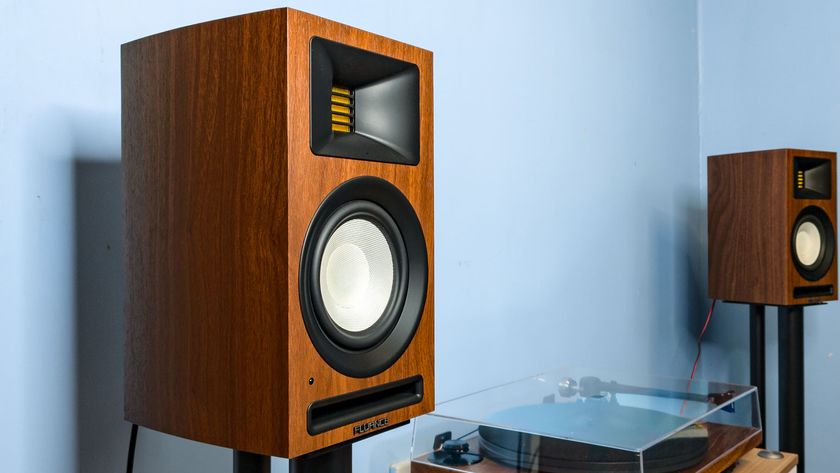
-
djcalligraphy Did you try editing 4k video on it using the ARM version of Davinci Resolve? I have been putting off buying a laptop with discrete GPU for this very reason. I have heard good things about how fast the video editing experience is, but I'm not sure how much of that is just marketing hype.Reply -
klaus1 @microsd: How is the slot implemented? As it done in a way that screams "put your camera chip here" or is it a way to inexpensively add storage capacity, the way it is used in smartphones and gaming handhelds?Reply
This question comes down to "does the card vanish entirely in the chassis".
I am currently using a Surface Pro 7 Plus (256 GB) with a 1TB micro-SD card. As a storage extension these slots are pretty useful. IF the card can be inserted fully. While not as snappy as an SSD, the fast random access times still put them above laptop HDDs for most purposes, and as data storage extension they should also not suffer too much in terms of lifetime. They are not the place where temporary files are going to be written all the time after all.
For Macbooks, there are products that are essentially a shortened SD card, that vanishes entirely in the slot, in order to enable such use. For any other brand, such third party products are not likely to arise, given that there are not as many models with the same chassis going to be sold as in the homogeneous Apple ecosystem. -
abufrejoval What's that gripe about the µ-SD slot? With terabyte capacity on the tiny ones, I couldn't care less about a bigger slot (I wouldn't use anyway). I'd rather have another USB-C/TB port where that sits, with proper bandwidth and media that is slightly more difficult to loose as well as the ability to upgrade the NVMe.Reply
And there is nothing wrong about a completely boring looking notebook, quite the opposite, especially if you use that additional disconnect time to work where notebook snatchers might be on the prowl.
If you want to shove your digital lifestyle into people's faces, go with the fruity cult or apply stickers: this is a work machine, so I'd consider mechanics, robustness, scratch resistence etc., things that are actually important. -
neuralnet42 The performance and battery life look great compared to Intel laptops. This is a step in the right direction but nothing in the benchmarks suggest it’s outclassing Apple Silicon at all.Reply
Single core for the Snapdragon X Elite was around 20% slower in benchmarks. That’s not great. It beats in multi-core tasks because it has more cores, including more performance cores. That will result in more performance overall, but it shows there is significant room for improvement to catch Apple Silicon.
Edit: After reading other reviews on other sites, I'm not sure how this laptop "blows away" (even mostly) the M3 MacBook Air. It looks more like an M1, maybe M2 (Pro, in some benchmarks) level of performance, but without the efficiencies of Apple Silicon. The Snapdragon X Elite doesn't reliably beat Apple Silicon even with 12p cores compared to a 4p/4e M3. As I wrote earlier, it's a good first try, but this looks to be at least 2 years behind Apple Silicon. -
high3r Reply
It's way slower than M3 in single-threaded workloads and only slightly better in multicore with 12 performance cores vs Apple's 4P+4E setup.admin said:The Asus Vivobook S 15 may look like your average laptop, but under the hood, there’s a Snapdragon X Elite superpower that makes this more powerful and efficient than the M3 MacBook Air. Apple Silicon has finally met its match, and Microsoft is finally doing Windows on arm right.
I just tested Asus’ first Snapdragon X Elite laptop and it (mostly) blows away the MacBook Air M3 : Read more
It also sucks in energy efficiency comapred to M3 albeit better than current X86 systems but only at light load.
GPU is crap.
This should've been released 1.5-2 years ago.
https://ibb.co/88qk5KN -
nitrobear I don’t know, this stinks of either a really unprofessional, or just a paid review. This laptop isn’t more efficient nor more powerful than the M3 Macbook air. And you’re comparing a fanless laptop with better single core performance with a chip that needs two damn fans to stay itself decent even on idle.Reply
Qualcomm has just used brute force to try and enter this market and it’s not a good entrance at all. This isn’t ARM in a way that matters. -
Vt2005ee “There are a few reasons to hesitate a little. The design is very ordinary, Copilot+ PC features are taking a while to launch because of security risks, and the wait time for native Arm versions of all your favorite apps could also be long.”Reply
Just a general comment: The ARM app question really makes me wonder if CAD software providers (like Autodesk) might rethink their app development strategy. There will surely be some engineering applications that need additional work / porting due to the ARM processors in X Elite laptops, and so maybe this becomes a chance to go for a more “cross platform” approach and also develop the same applications for Mac. The market could be sizable enough, especially if they considered iPad Pro’s. -
forge009 Reply
I mean it's a flagship CPU and to be honest. it has way more hype and potential than the mac did. one of the reasons i was iffy about windows has always been the visual experience on a laptop, terrible camera and terrible heat management.neuralnet42 said:The performance and battery life look great compared to Intel laptops. This is a step in the right direction but nothing in the benchmarks suggest it’s outclassing Apple Silicon at all.
Single core for the Snapdragon X Elite was around 20% slower in benchmarks. That’s not great. It beats in multi-core tasks because it has more cores, including more performance cores. That will result in more performance overall, but it shows there is significant room for improvement to catch Apple Silicon.
Edit: After reading other reviews on other sites, I'm not sure how this laptop "blows away" (even mostly) the M3 MacBook Air. It looks more like an M1, maybe M2 (Pro, in some benchmarks) level of performance, but without the efficiencies of Apple Silicon. The Snapdragon X Elite doesn't reliably beat Apple Silicon even with 12p cores compared to a 4p/4e M3. As I wrote earlier, it's a good first try, but this looks to be at least 2 years behind Apple Silicon.
with the arm chip all these problems have been solved. I use the snapdragon x elite and I can tell you I haven't had any heat problems. I use it mostly unplugged which wasn't a luxury with other windows laptops that dip performance like a crybaby when they are unplugged.
The screen is 4k, I don't think i have even heard the fans spin since i got this laptop. I don't use it for anything that might necessitate that. I have used laptops in the past whose fans would randomly start spinning like crazy or would start spinning loudly cos you are copying a huge excel file (Machine learning files for training for predictions)
In terms of being used as a mobile device, current mainstream windows architecture sucks! Apart from the fact that you can carry it around, everything else is a problem (I have used multiple laptops and eventually started using a macbook pro for peace of mind). I love windows, this snapdragon chip makes it useable as a mobile device, I haven't even thought of my MacBook pro after getting the Lenovo slim (not doing an advert, I could care less what they sell since their ThinkPad laptops were one of the reason i quit windows in the first place. just expressing an honest take on the matter)
Lets be honest, arm is the way forward, it wouldn't be long before other chip makers begin to develop arm variants. less heat, same efficiency is something i would get behind unlike all these companies who thing pumping more power into hardware (with global warming smacking us in the behind) is the answer. -
techconc When you say this blows away an M3 Mac, you just sound foolish. For example, for handbrake, I’ll bet you’re not using the hardware encoder. You also didn’t compare the Mac for GPU performance where you know it’s faster. Also, no single core CPU comparisons like web performance, etc.Reply
Yes, there will be a few isolated cases where the 12 performance cores of the X Elite will be better, but certainly not for most everyday tasks.
